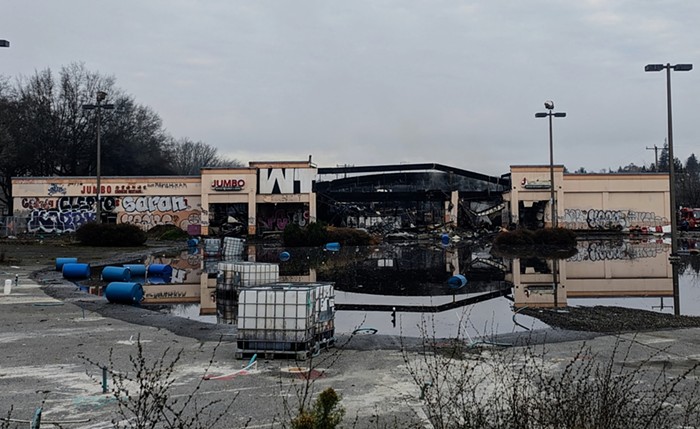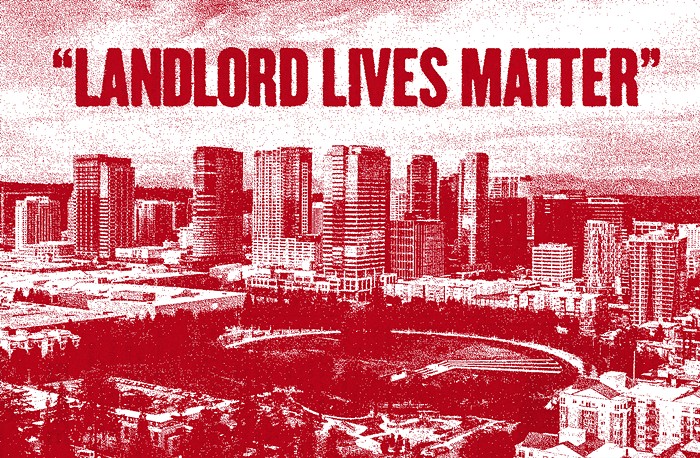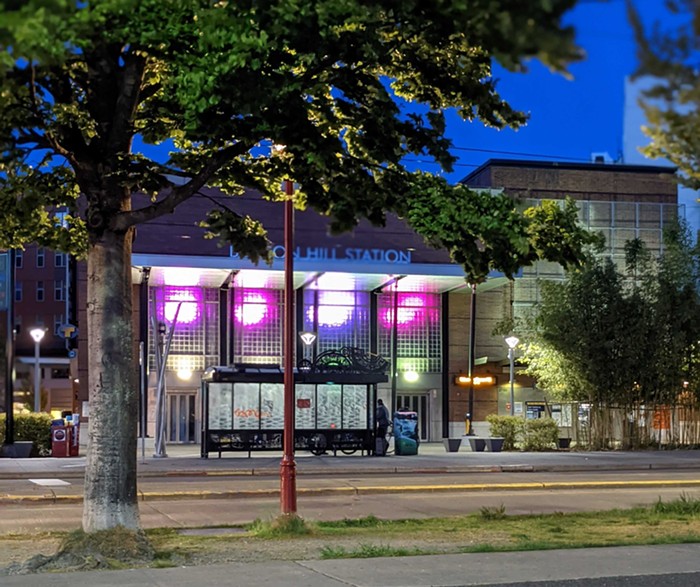
The return of the slum in rich Western cities is becoming inevitable. The increasing number of people living in RVs is a sure sign of its recrudesce in Seattle, a city that has no real memory of slums. It can recall the experience of hoods, for sure, but not proper slums. But in a period that finds inequality rising to levels not seen since the Gilded Age (the 1870s to about 1900), it seems inevitable that the defining urban features of that period should start popping up and spreading. We already saw the displacement of the working class to the suburbs—and because many of the displaced are people of color, this process can be described as ethnourbanization.
This process itself represented a reversion to a Gilded Age spatial form: the rich live in the city's core and the poor on its perimeter. Indeed, Seattle has not only completed this process (over a period of about 20 years), but its expensive center is now expanding to the nearest suburbs and threatening to displace the already displaced. The Seattle Times story, "South King County tries to ride the development wave. Will an immigrant community be crushed?" reports that penthouses that "go for $6,000 a month" are appearing in Tukwila. These developments will certainly put more and more pressure on the suburb's property values as investment opportunities in the core become saturated. And Tukwila has a light rail station. Finished.
The deepest insight that French economist Thomas Piketty presents in his 2013 book Capital in the Twenty-First Century is not that capital grows faster than the economy—and this only makes society less and less egalitarian—but that the defining characteristics of 19th century poverty are rapidly returning in the 21st century. Advanced capitalist societies, like the US, are beginning to resemble the underdeveloped ones of the age of European industrialization. And the period from which a mass middle class emerged in the West (between 1947 and 1979—the Golden Age of Capitalism) was, according Piketty's investigations, an anomaly. What this means is: If the capitalist mode of accumulation was not disrupted by a severe economic crash and two massive wars, the massification of the middle class in the West would not have happened.
Capitalism has no DNA that codes for a large group of moderately wealthy consumers because it is has no DNA at all. It is a cultural system that's politically structured and policed to send wealth in one direction: upwards.
And so, what is happening to the economy is happening to our cities. This is the expansion of floating slums in King County. What one must also remember is that a slum is expressed through the materials and structure of a city. For example, in Arrival City: How the Largest Migration in History is Reshaping Our World, a book that lacks the moral outrage of Mike Davis' masterpiece Planet of Slums (but has lots of interesting information concerning present and past aspects of slums), the Canadian-British journalist Doug Saunders describes a detail of an industrial-era Parisian slum as "street in the sky."
He writes:
[Workers occupied] the sixth, seventh, and eight floors of buildings along Parisian streets—sixièmes, largely windowless rooms (because buildings were taxed according to the number of windows and doors) that often held a dozen people each, their hallways sometimes extending through the walls of adjoining buildings, creating a parallel "street in the sky" occupied entirely by village arrivals.
This slum feature went the way of the dinosaurs when the elevator was invented.
RVs, once an instrument of middle-class recreation are, as the middle-class shrinks, reverting to the urban form from which the middle class emerged in the Golden Age of Capitalism.


















